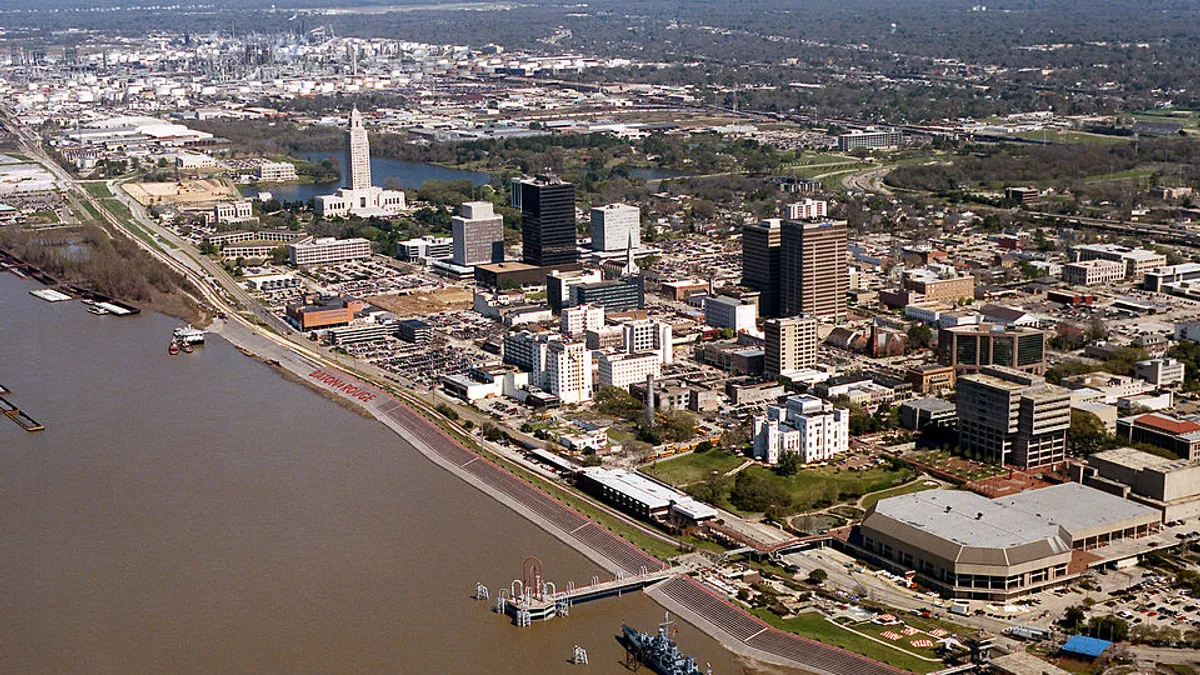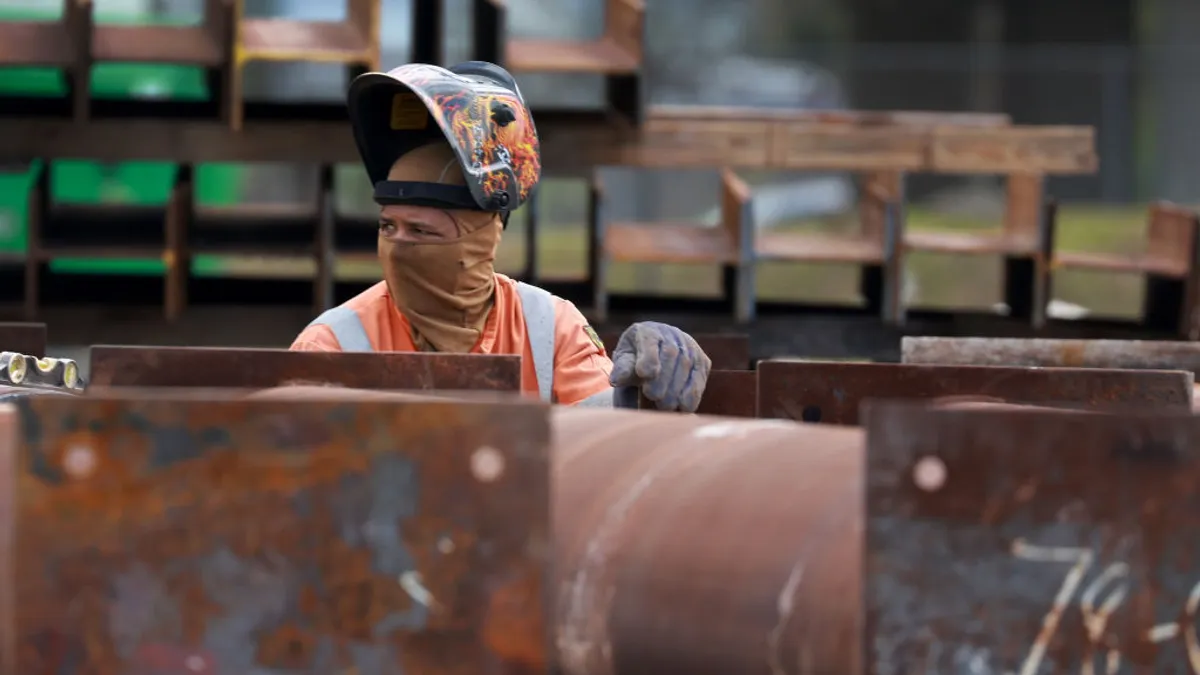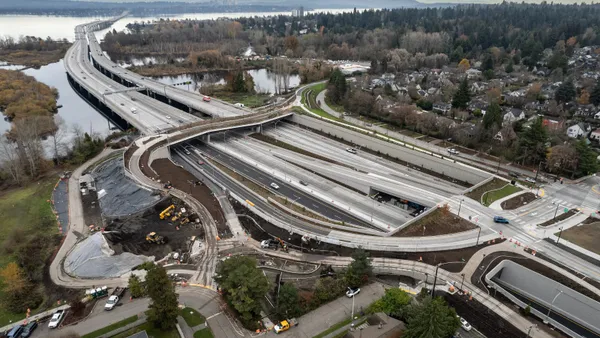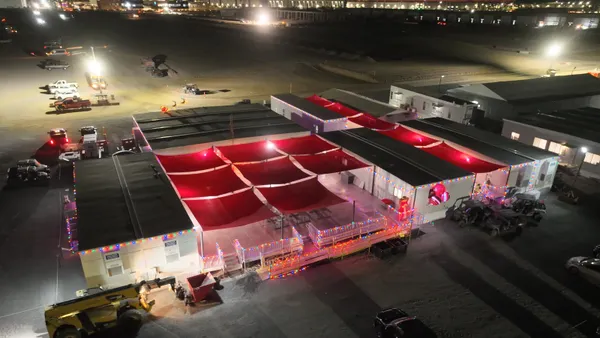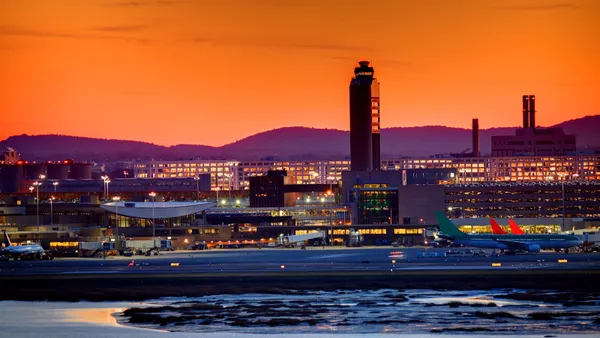Dive Brief:
-
There are approximately 125 construction projects worth $32 billion along the Interstate 10-12 Corridor either underway or preparing to break ground this year, and industry experts agree that it will be a challenge to handle them all given the state's low unemployment (4.7%) and strained skilled labor pool, according to the 10-12 Industry Report.
-
The $32 billion of investment is split between 12 industries, and those include LNG production ($13 billion); petrochemicals ($10.6 billion); plastics and rubber ($1.8 billion); crude oil storage ($1.7 billion); oil and gas production ($1 billion); and natural gas pipelines ($891 million). There are billions of dollars of additional projects scheduled to start between 2020 and 2022, much of it driven by a strong LNG market.
-
Owners and contractors are planning to beat the labor challenge through the use of modularization and offsite construction, advanced work packaging, digitization, the use of construction robots to perform repetitive tasks, stretching out construction schedules and collaborating with contractors early on in order to lock them in well in advance of construction.
Dive Insight:
When all projects are in full swing, though, it is doubtful that the local workforce will be able to support them all, according to the 10-12 Corridor report, forcing contractors to look outside of the region and the state for skilled workers.
Also, extension of construction schedules is something the industry has been requesting of developers for some time, along with more realistic looks at unrealistically low budgets for these massive LNG export projects.
And as far as using modular construction as a strategy to reduce the need for workers, the $10 billion ExxonMobil-SABIC ethane steam cracker and plastics plant in Corpus Christi, Texas, has already proven that to be true. Developer Gulf Coast Growth Ventures expects that instead of 11,000 construction workers, the project will only need 6,000 because it has changed its construction approach to modular. But even at almost half the anticipated numbers, the project still qualifies for job-related tax breaks.
In recent years, Louisiana has drawn almost $152 billion of investments for industrial projects, and $100 billion of that went toward LNG export facilities. One of the largest LNG plants scheduled for St. James Parish in Louisiana, a hub for LNG projects, is a $9.4 billion facility being developed by Taiwan-based Formosa Petrochemical Corp.
The project could need as many as 8,000 construction workers at peak activity during the 10-year, two-phase building schedule. In exchange for its job creation commitments, the state will give Formosa a $12 million grant to pay for some of the company's infrastructure costs, as well as tax breaks and incentives from state workforce programs.


